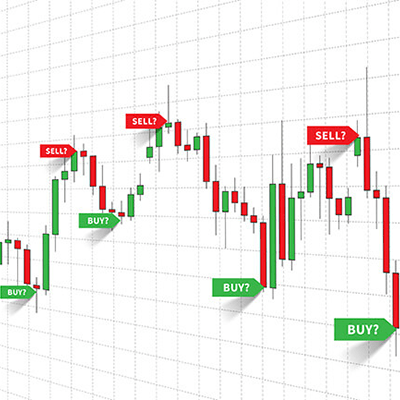Austria’s FMA Makes ESMA Measures Permanent, Publishes Annual Report
Austrian Financial Market Authority (FMA) is joining other European financial watchdogs to implement the product intervention measures elaborated by the European Securities and Markets Authority (ESMA).
In August of 2018, the pan-European regulator tightened measures on several trading products, such as Forex pairs, contracts for difference (CFDs), and binary options. Eventually, several national regulators adopted the ESMA’s measures, including the UK Financial Conduct Authority (FCA), German BaFin, and French AMF. Some of them even made the changes permanent, and that’s what the Austrian regulator plans to do as well.
ESMA Endorses Austrian Regulator’s Move
Austria’s FMA got endorsed by the ESMA, as the latter released two positive notes on Monday, expressing support for FMA’s proposed intervention on CFDs and binary options. The Austrian regulator plans to make the restrictions permanent. The measures are mostly similar to those established by the ESMA, with only a few adjustments.
Last year, ESMA totally banned European retail investors from trading binary options and imposed severe limits on the amount of leverage related Forex pairs and CFDs. The FMA confirmed that it would propose a complete ban on binary options, though it wouldn’t expressly interdict market players from taking part in circumvention activities. The Austrian regulator’s decision takes effect on May 30, 2019.
In regards to CFDs, the FMA will use the same measures established by the ESMA, with slight differences. While the national measures touch upon a permanent prohibition on the marketing, distribution, and sale of CFDs to retail clients, the Austrian financial supervisor will include a definition of virtual currency along with “minor amendments to several of the risk warnings in ESMA’s measures.” Besides, as in the case with binary options, the FMA won’t expressly prohibit participating in circumvention activities.
Thus, the FMA intends to follow in the footsteps of other European regulators. Last week, we reported that the French Autorité des marchés financiers (AMF) had expressed similar plans in its annual report.
FMA Publishes Annual Report
On May 9, the Austrian financial regulator presented its annual report for 2018. According to the document, last year, the FMA supervised 976 entities that had about 1.13 billion euro in total assets and 380 staff members. Besides, it monitored 64 million securities transactions of public companies and about two billion derivative contracts to verify their fairness and orderly nature. In over 1,600 cases the regulator had to carry out more in-depth analysis providing the higher degree of suspicion.
The report, presented by executive directors Helmut Ettl and Klaus Kumpfmüller, also revealed that the regulator had undertaken on-site measures at about 250 firms and imposed 136 sanctions. The two executives highlighted the effectiveness and stability of the FMA’s activity during the years. Ettl and Kumpfmüller expect the same approach in the future while anticipating more tasks:
As the integrated supervisory authority for the whole of Austria’s financial market, we set particular store in extracting synergies in terms of know-how and costs as well as constantly improving the efficiency and effectiveness of supervision. The strengthening of the principle of proportionality in regulation, the risk-based approach to supervision as well as the new legal measures for streamlining and speeding up procedures have helped us, despite taking on additional duties, to tackle the challenges faced with a headcount that has now remained unchanged for the fourth year in a row.
The total budget of the regulator last year was about 69.3 million euro, of which 10.8 million were received as transitory items for the Oesterreichische Nationalbank (OeNB) for the partial compensation of the services it provided. In terms of supervisory areas, the costs were distributed as follows: 56.2% for banks, 24.3% for securities supervision, 17.5% for insurance interventions, and 2% for Pensionskassen (pension funds).

Anatol has been writing for our news site for a year and is the newest member of our team. While he’s new to us, he’s certainly not new to trading with over 10 years’ experience being a professional financial journalist and working in the markets.

 News Home
News Home
 Privacy Policy
Privacy Policy
 About Us
About Us






